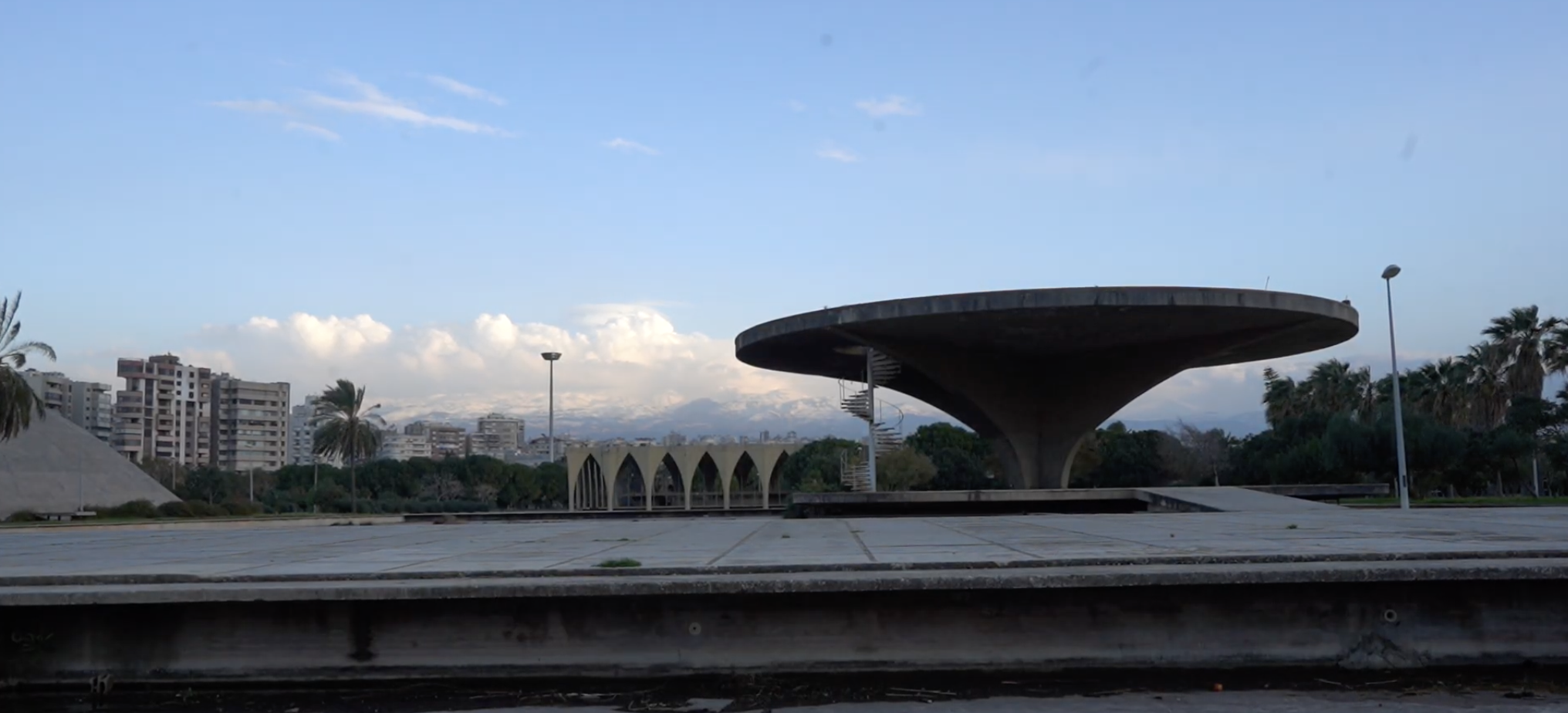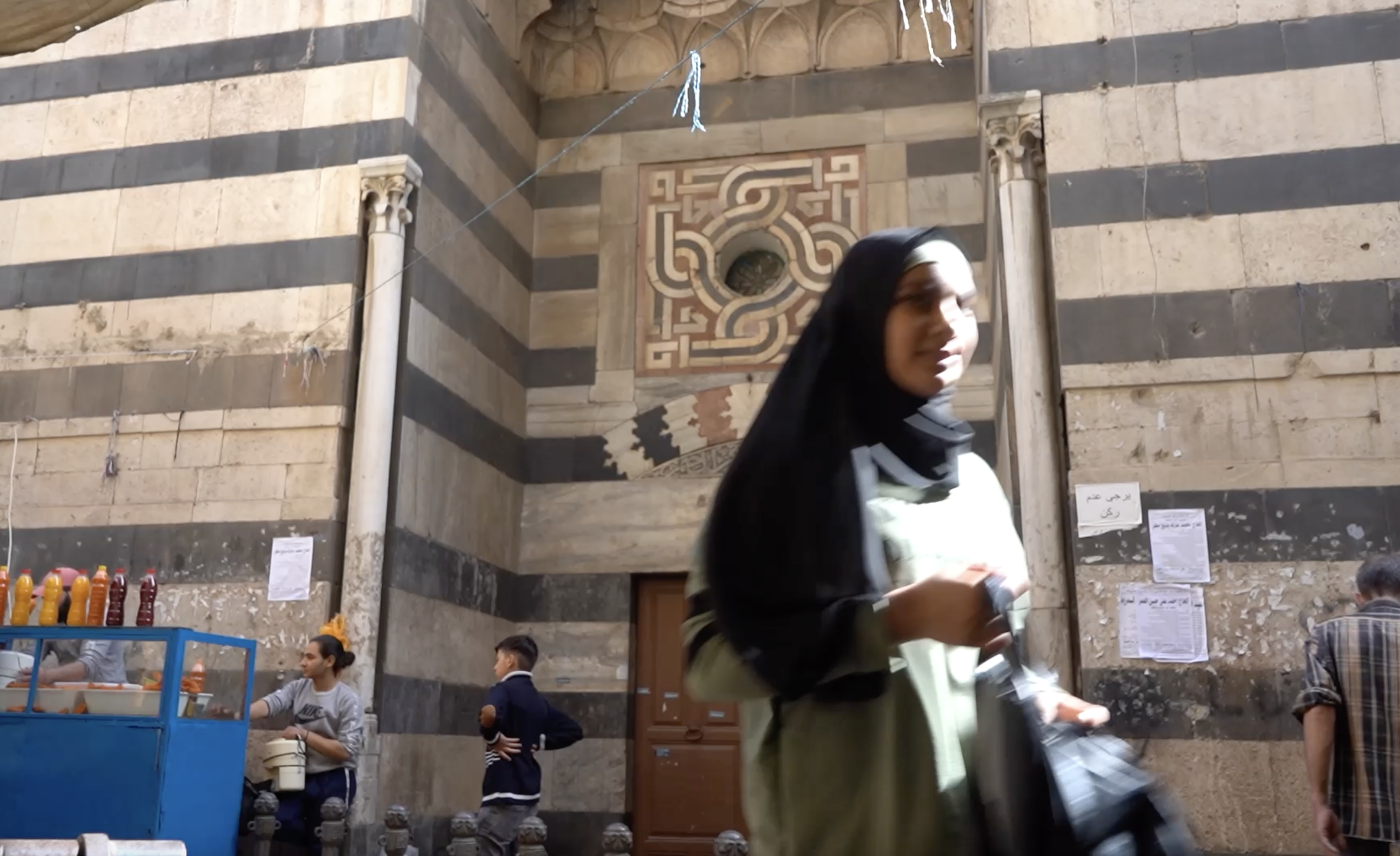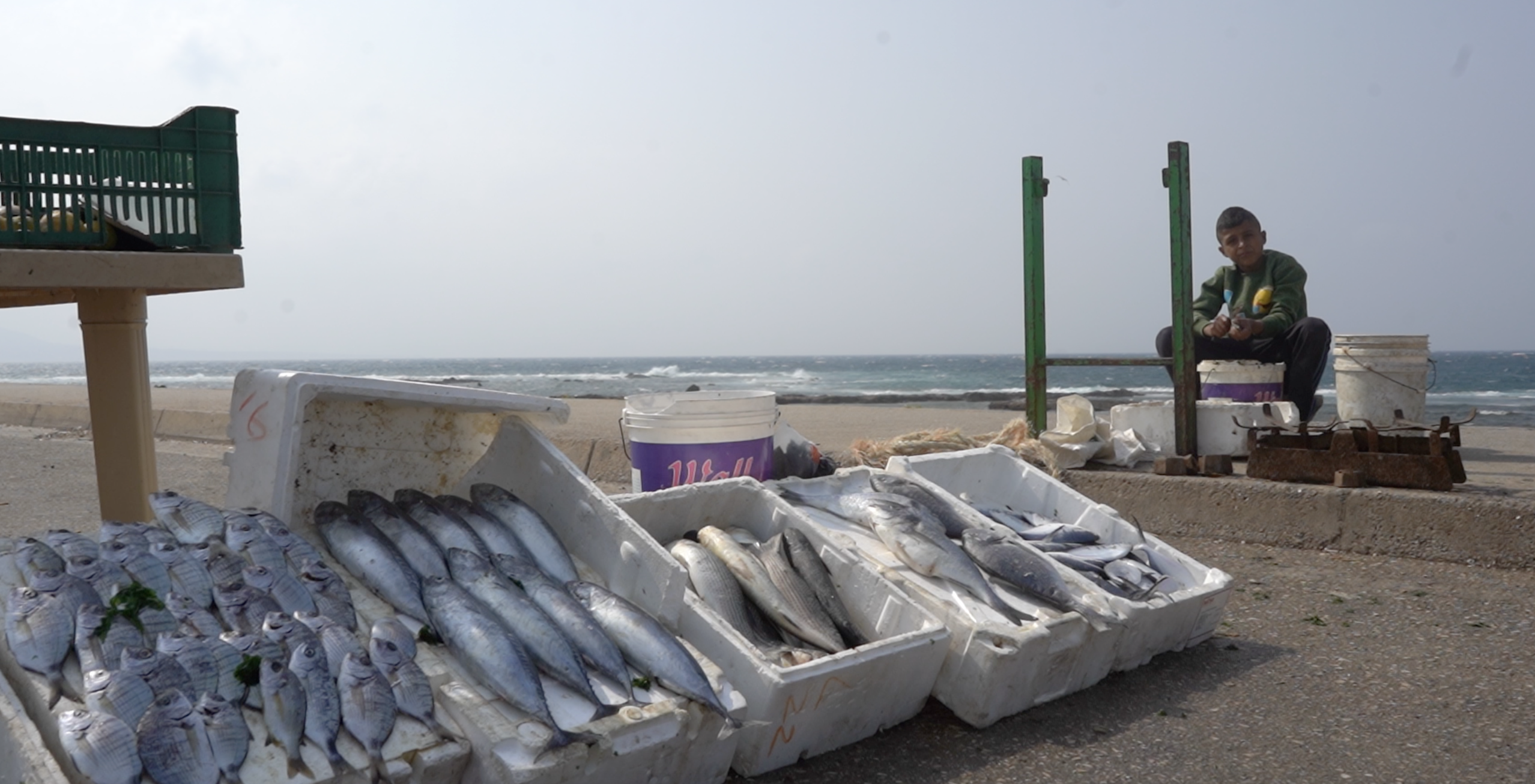Surrealism In Tripoli, Lebanon
Tripoli, Lebanon
Surrealism In Tripoli, Lebanon
As you pass the blue windmills that line the road past the seaside town of Koura, the eucalyptus and olive trees are replaced by reeds, conifers and coastal plants. Gone too are the garish billboards advertising whiskey and high-end fashion that line the highway in the haphazard sprawl north of Beirut, giving it the feel of a 1980’s mafia film-set.
Many would advise you not to go to Tripoli at all. In fact, the first time I ever went was by accident. In 2013 I was 19 years old and studying abroad for a year in Beirut. I had planned to go to the Lebanese mountains with a friend on one of the ubiquitous mini-buses that are found throughout the country. I was told that the minibus would take a turn well before Tripoli and I would avoid the warring hellscape that I had been led to believe the city was. For reasons I forget now, my friend told me the day before he could not join and I ended up in Tripoli alone. My fascination with the city has endured to this day.
 Modernist splendour in the Rachid Karami fairground.
Modernist splendour in the Rachid Karami fairground.
The beauty of Tripoli is not immediately apparent. Decades of poverty and violence have left their mark on the half-finished (or half-destroyed) concrete tower blocks that surround the city. Once stately Ottoman buildings sit dwarfed by new apartment blocks financed with Gulf petro-dollars. The noises of the centre of the town clash with the unsettling quiet found in the rubbish strewn scrubland that surrounds the city proper. Tripoli’s beauty, for those who appreciate it, lies in its brutality, its well-worn feel and above all, the sheer volume of historic buildings found throughout the city.
The first striking impression Tripoli leaves is how Arab it feels. This might seem like an obvious statement given its location at the heart of the Middle East, but anyone familiar with its glamorous sister city to the south would know that Beirut has its own identity that is not entirely western nor entirely eastern. There are no hipster coffee shops here or shopping malls filled with wealthy Lebanese families having lunch at French style brasseries (although at the time of writing, most of Beirut’s swanky Beirut Souks mall had closed due to the two-year long economic catastrophe that has gripped the country). The streets in the centre of Tripoli remain filled with colonial style French and Ottoman gems that appear mostly unlived. The shops are largely commercial – bakeries, mechanics and clothes – and provide Tripoli residents with all the supplies needed for their daily lives.
It is also a radical city. The Ottoman city reluctantly joined the French made modern Lebanese Republic in 1920 and more recently, its history has been coloured by Salafist cells loyal to Jubhat Al-Nusra involved in deadly clashes with the Lebanese army. Clashes between Sunnis and Alawites have also marred the city’s recent history. In 2019 Tripoli reasserted itself as a place of revolution. Once a byword for feudalist style politics, Tripoli’s people spearheaded a secular revolution that attempted to oust Lebanon’s corrupt political class from power. The largest monument to the attempted revolution is the red painted building overlooking the Sahet al-Nour (Square of light) which proclaims Tripoli as ‘the city of the Revolution’.
Despite its myriad problems, there is a surprising cosmopolitan feel to the city. Tripoli is comprised of wide, tree-lined boulevards leading to the once separate Mina area. On the boulevards sit attractive art-deco style villas and apartment blocks in varying states of disrepair that hint at a more glamorous past. Its streets are filled with the kinds of little shops that online stores and functioning postal systems have killed off in other countries. Old men sip Turkish coffee in Italian style jackets, while others in the traditional Arab Kufiyah pass alongside.
Tripoli is a city of two parts – the closed, distinctly Arab feeling city inland which grew up around the castle (Qala’a) and the maritime centre of the Mina (port). Unlike the centre, which includes areas such as Bab el Hadid, Bab El Remel and El Ghuraba, the Mina has an outward feel to it with a long corniche and large port that is now as known for boarding ships filled with people fleeing to Cyprus as for the goods that enter through it. Its buildings are more European in style, perhaps as a result of the large Greek community that once called it home. A large proportion of Mina’s population is still Greek Orthodox and its myriad of alleyways and squares are home to lively bars during the weekend which mark a change from the conservative feel of the city inland where alcohol is not sold.
Tripoli’s vibrant, multi-layered history is told through its architecture. There are no museums here; the city is too preoccupied with surviving in the present to think about honouring its past. The city is home to some of the world’s best preserved Mamluk architecture in its 7th century souk. Its spartan style of architecture and narrow streets are largely a result of the need to defend itself from Crusader attacks coming from the Mediterranean. Tripoli’s castle sits as an austere labyrinth of tunnels atop the hill to which the original city was named and has been home to Crusader, Mamluk and Ottoman owners.
Since the 7th century Tripoli has been the fiefdom of Lebanon’s Sunnis. The city proper is home to 7 mosques and 14 madrassahs which are testament to the many Islamic civilisations, including Mamluk and Ottoman, that have called Tripoli home. Domed of the Tannayal mosque like sweet wrappers. In the twentieth century, money from the Persian Gulf saw newer mosques constructed whose simpler, Gulf ArabKhaleeji style designs clash with the more ornate Ottoman styles of its older mosques. The most prominent of the newer mosques is the Al Shukr mosque which sits at the end of the Corniche and is a mini version of the blue domed mosque that sits in Beirut’s Martyr’s Square (Sahat al-Shahada).
 The city’s many civilisations intertwine with the daily life of Tripoli’s diverse population.
The city’s many civilisations intertwine with the daily life of Tripoli’s diverse population.
The many churches in Tripoli are testament to the Christian confessions that have called Tripoli home for generations and are a symbol of the city’s multi-confessional history. Although like many Middle Eastern cities that have seen their Christian populations dwindle because of a variety of reasons, Latin, Greek Orthodox and Protestant churches stand behind often closed gates as a sign of the once large Christian community in the city, especially in the traditionally Christian neighbourhood of Al-Zaharieh.
Tripoli’s golden moment in recent, secular history came in 1955 when celebrated Brazilian architect, Oscar Niemeyer was commissioned to design a world fair on the outskirts of the city. Alongside the flooding of the Abu Ali river in 1955 which greatly altered the old city, the construction of the fair cleared many old villas and citrus groves that once surrounded the city and accelerated the moving of Tripoli’s inhabitants to the new grid-lined avenues leading away from the old town.
The day when the World Fair would welcome millions of visitors to a vibrant, modern Lebanon never came. A pending Civil war meant the site was never completed. What remains is something quite haunting. The white seats of the outdoor theatre remain intact, waiting for the visitors that never came. The fair is now ringed by high-rise apartment blocks and mosques and the brutalist, concrete architecture, signs of a more idealistic future, are slowly falling into the dense foliage of the park. The echoes from gangs of youths shouting in the domed theatre add to the surreal, other-worldly feel of the fair.
Tripoli is a totally ungentrified city. The city’s poverty, dysfunctional politics and marginalisation have spared it the development projects of Beirut, some good, some bad, that have left its downtown, although beautifully restored – largely deserted. Its central souk is a working marketplace that bustles with people going about their daily business. Its once grand Ottoman buildings in the centre are home to coffee houses and banks. Children fire toy guns in the streets as teen boys zip past on scooters with cans of diet 7-up and cigarettes.
The alleyways of the Mina area are any bit as cool as the hippest streets in the hip Beiruti quarters of Mar Mikhael and Gemmayze. Its 19th century, French colonial style buildings in its centre could be as glamorous as the gated apartments of Beirut’s elite in Ashrafieh. Tripoli deserves to be seen as a city in its own right, with a history that have made its culture and identity distinct from Beirut’s.
Having explored Tripoli I realise it is perhaps the perfect example of a truly surrealist city. Its beauty lies in the brutality of its juxtaposed architecture and dream-like scenery. Its decrepit buildings from less turbulent, more prosperous times jostle for attention amongst the urban sprawl of the 20th and 21st centuries. It is also a victim of its circumstances, judged for its poverty and extremism by a country that has neglected and never truly accepted it.
Tripoli’s surreal radicalism lies not just in its stark contrasts and layered history, but in the untapped potential it holds. It is a city that refuses to be neatly categorized—neither wholly Arab nor Mediterranean, neither trapped in the past nor fully embracing modernity. Its rich architectural tapestry, from Mamluk fortresses to Niemeyer’s haunting modernist fairgrounds, tells the story of a place caught between dreams of progress and the weight of its realities.
Yet, Tripoli is not a museum piece—it is a living, breathing city with all the challenges and vitality that come with that status. The neglect it has endured from its own nation has preserved its authenticity but at great cost to its residents’ quality of life. The task for Tripoli is not just to preserve its surreal beauty but to channel it into a vision for a more sustainable future—one that respects its heritage while addressing the needs of its people.

 A boy sells fish along the Mina (port) area of Tripoli.
A boy sells fish along the Mina (port) area of Tripoli.